- About
- Membership
- Publications
- Events
- Awards
- Jobs
- Partners
- Resources
- Donate
Previous WebinarsAll previous webinars are available to Society for Cryobiology members through the members' area of the website. To access all members' only content please sign into your account. JOINT WEBINAR - Society for Cryobiology and ATP-Bio
|
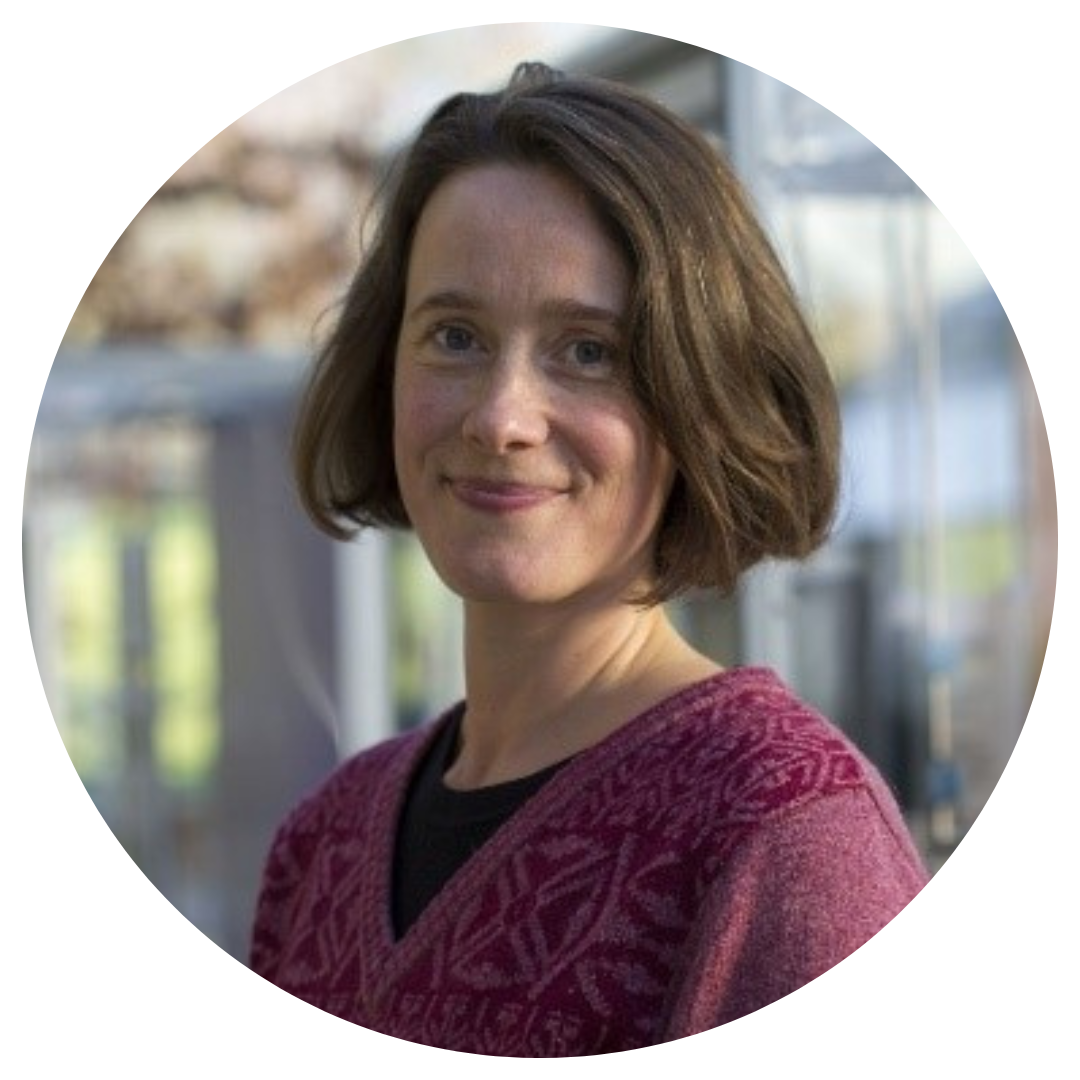 |
Dr. Anne M. Visscher Royal Botanic Gardens, Kew, United Kingdom RESEARCH GATE | AFFILIATION PROFILE |
|
SEEDS IN SPACE AND THE POTENTIAL FOR PLANT CRYOBIOLOGY BIOGRAPHY |
 |
Dr. Jekan Thanga University of Arizona LINKEDIN | RESEARCH GATE | X |
|
THE LUNAR ARK: SAVING EARTH'S BIODIVERSITY FROM A FUTURE CATASTROPHE BIOGRAPHY |
 |
Dr. Mark Fox-Powell The Open University AFFILIATION PROFILE | X |
|
CRYOGENIC BRINES AT THE ICY OCEAN WORLDS BIOGRAPHY |
 |
Dr. Stewart Gault University of Edinburgh LINKEDIN | RESEARCH GATE | X | PERSONAL WEBSITE |
|
INTRACELLULAR VITRIFICATION AND THE LOW TEMPERATURE LIMIT FOR LIFE FROM THE PERSPECTIVE OF ASTROBIOLOGY BIOGRAPHY |
JOINT WEBINAR - Society for Cryobiology and ATP-Bio
THE FROZEN BUFFET: CRYOBIOTECHNOLOGY OF FOOD SYSTEMS
Thursday September 12th, 2024
This first joint webinar between the Society for Cryobiology and ATP-Bio, the NSF-funded Engineering Research Center on "Advanced Technologies of Preservation of Biological Systems" will focus on how cryopreservation can play a major role in the global challenge of food scarcity around the world. The speakers will present some current examples of state-of-the-art cryopreservation technologies around all three sources of food: Manuela Nagel (Germany, SfC) on plant-based products, Matthew Powell-Palm (US, SfC/ATP-Bio) on animal-based products, and Leo Lou (US, ATP-Bio) on synthetic foods, which represent a growing market.
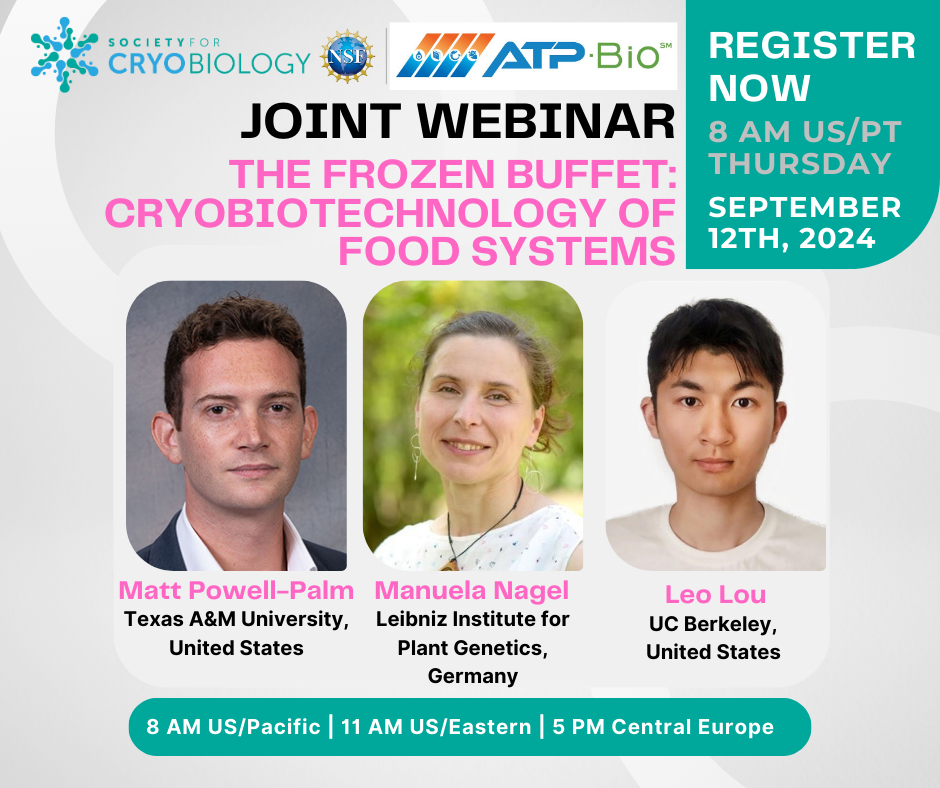
Career Pathways in Cryobiology
Wednesday, 17 July 2024, Noon-1PM (CT)
The International Cryobiology Young Researchers (ICYR) Association has organized for you to hear from experts from non-profits, industry, and academia.
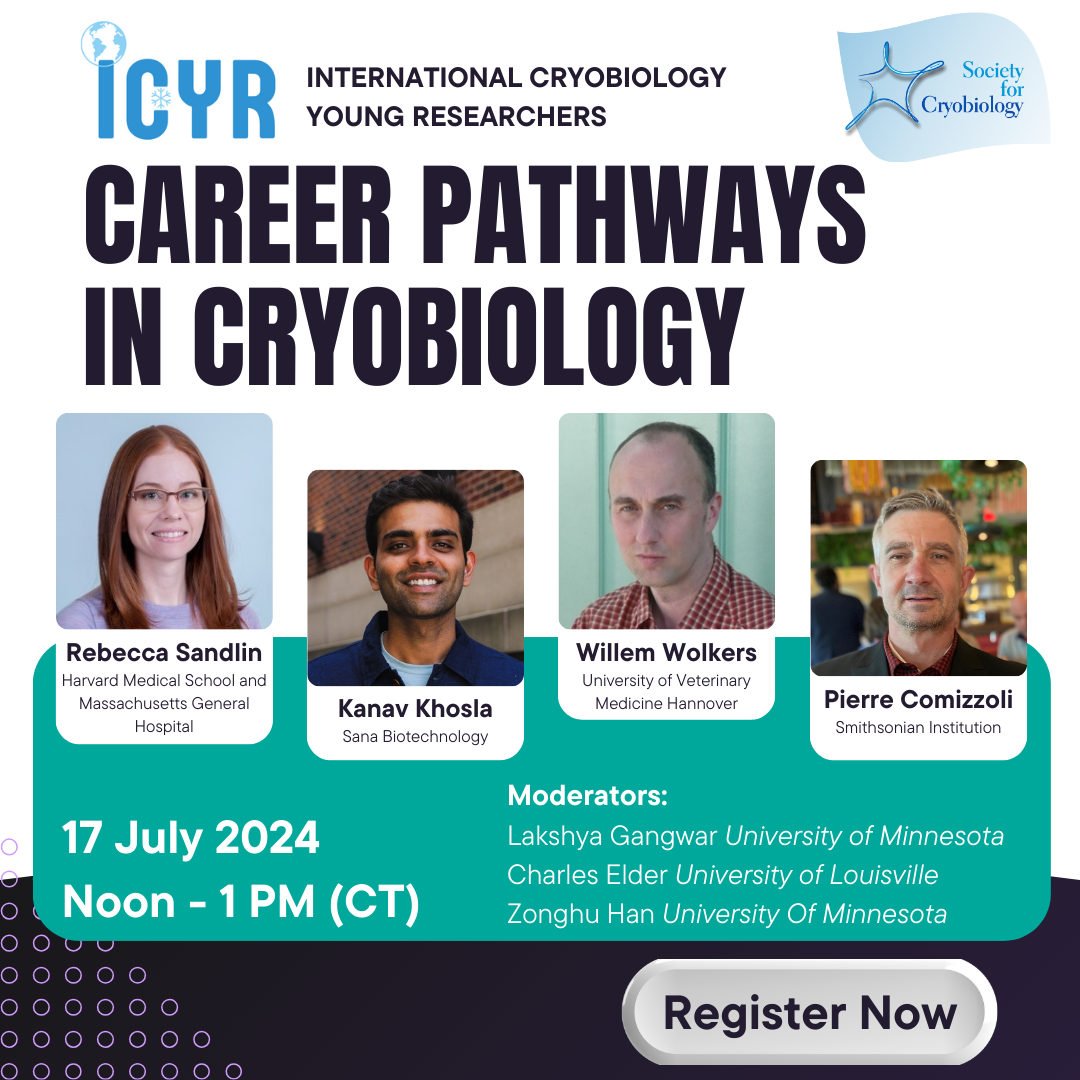
Joint Seminar with Alberta Transplant Institute
Wednesday 1 May 2024, Noon - 1 PM (MDT)
Dr. Elliott will discuss the cryopreservation of cells, monolayers, and tissues. Learning objectives include 1) General principles of cryopreservation and the different strategies for cells in suspension, in monolayers, and in tissues; 2) ATI's research in cryopreserving endothelial monolayers and articular cartilage.
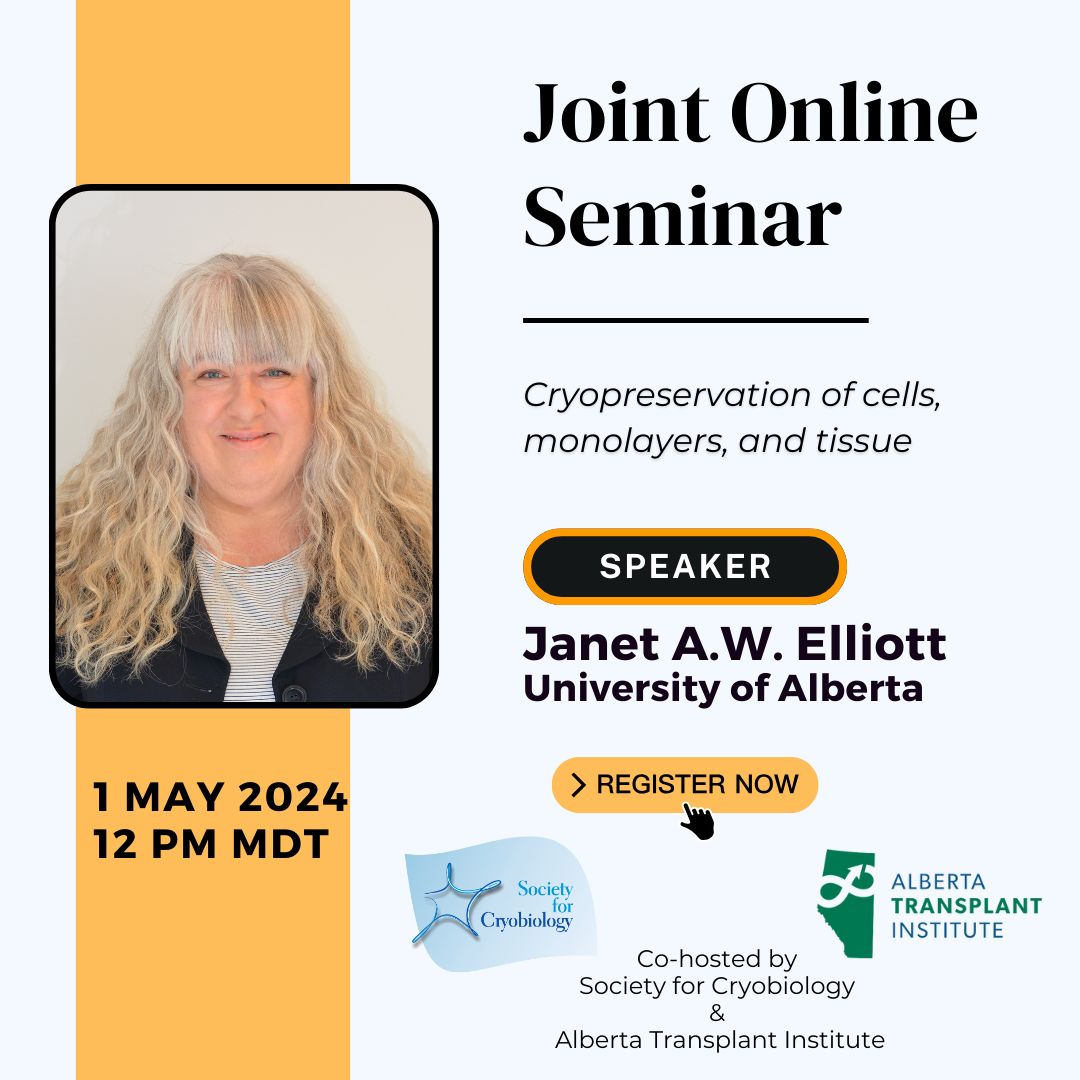
ATP-Bio Public Webinar Series
TUESDAY 9 APRIL 2024, 3 - 4 PM (CT)
YOUNG CRYOBIOLOGY RESEARCHERS
TUESDAY 12 MARCH 2024
9 AM US/Pacific | 12 PM US/Eastern | 5 PM Central Europe | 8 PM Gulf Standard | 12 AM China Standard (next day)
Co-Chair: Dr. Shangping Wang Clemson University, USA
Co-Chair: Dr. Wim Wolkers University of Veterinary Medicine Hannover; NIFE, Lower Saxony Centre for Biomedical Engineering, Hannover
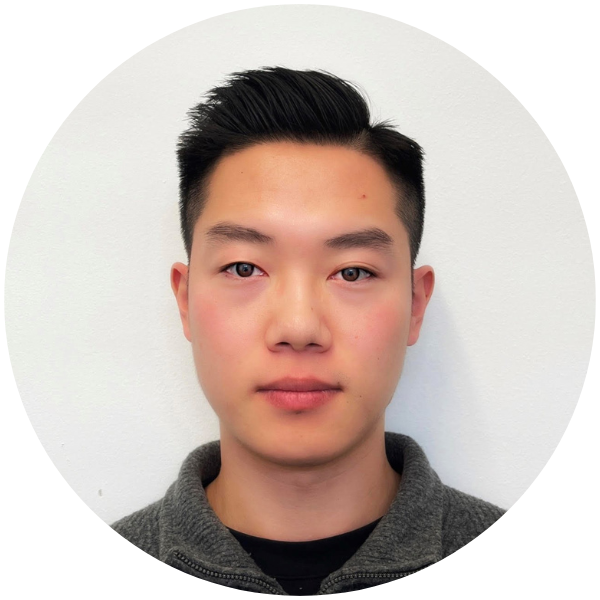
Dejia Liu PhD Candidate, NIFE, University of Veterinary Medicine Hannover
AFFILIATION PROFILE
HEAT TRANSFER DURING SOLID SURFACE VITRIFICATION OF DROPLETS
In this presentation, we show how numerical simulations can be used to study cooling dynamics of droplets exposed to solid surface vitrification (SSV) or solid surface freezing (SSF). Furthermore, we have investigated cryosurvival of droplets of human red blood cells exposed to conditions resulting in either SSV or SSF.
BIOGRAPHY
He studied mechanical engineering at the Leibniz University Hannover and is now conducting his PhD studies at the University of Veterinary Medicine Hannover in the Biostabilization group of Dr. Wolkers where he investigates membrane and tissue transport processes during cryopreservation of reproductive cells and tissues.
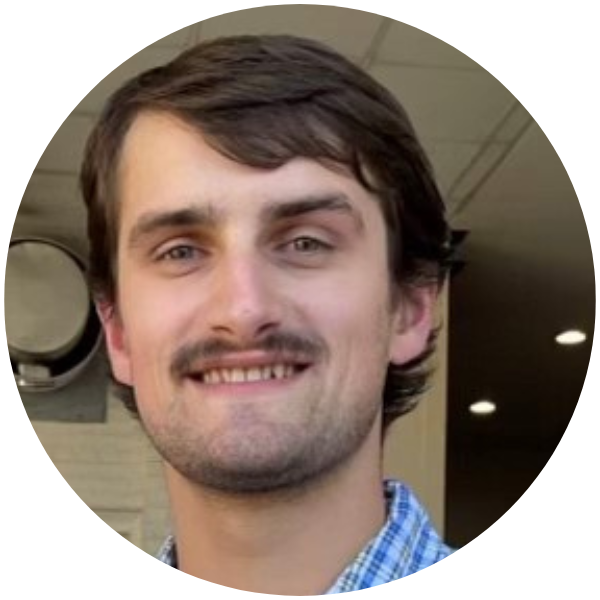
Charles Elder Graduate Research Assistant, University of Louisville
LINKEDIN | GOOGLE SCHOLAR PROFILE
HEMOGLOBIN OXIDATION AS A NOVEL METHOD TO INVESTIGATE LYOPROTECTANTS
The desiccation of transfusable red blood cells (RBCs) for long-term ambient storage has been an objective of scientists for decades. Unfortunately, problems such as hemolysis and hemoglobin oxidation are commonly observed after rehydration of dry-preserved cells. Our lab has developed an assay to quantify the effectiveness of lyoprotectants and determine their proficiency at inhibiting hemoglobin oxidation during drying and rehydration. Utilizing this assay, we have investigated the properties of lyoprotectants that provide these molecules with the capacity to inhibit hemoglobin autooxidation. We aim to develop novel formulations of lyoprotectants with high intracellular delivery into RBCs to prevent desiccation-induced hemoglobin oxidation.
BIOGRAPHY
Charles A. Elder was born in Louisville, Kentucky, USA. He attended the University of Louisville for his undergraduate and graduate career, receiving a Bachelor of Arts in Biology and Psychology and a Master of Science in Biology. Charles is pursuing his Ph.D. in molecular biology at the University of Louisville. He has published two first-authored papers in his early career and is the Vice-President of the International Cryobiology Young Researchers organization.
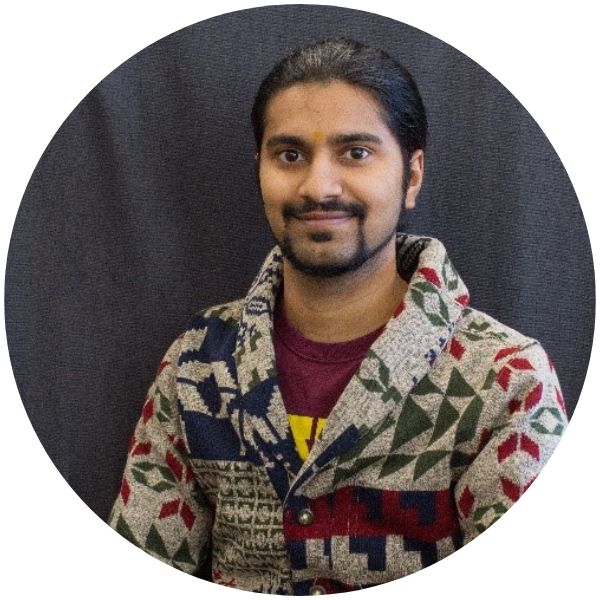
Lakshya Gangwar PhD Candidate, University of Minnesota, USA
LINKEDIN | RESEARCH GATE | PERSONAL WEBSITE
SCALING PHYSICAL VITRIFICATION AND NANOWARMING TO HUMAN ORGANS
Convective cooling approach works well for smaller systems, it can be a challenge for larger systems, both in i) achieving rapid cooling throughout the volume to avoid ice formation and ii) sufficiently uniform cooling to avoid thermal stresses that can lead to cracking. So far, successful vitrification and rewarming has been demonstrated in models such as rabbit kidneys and rat hearts, kidneys and livers, heart valves where total preserved volume is 10-90mL. To extend these results to scale of human organs this presentation will demonstrate physical success of vitrification & nanowarming as well modeling predictions for various human organs.
BIOGRAPHY
I am a graduate student researching organ cryopreservation, large-scale vitrification, and computational modeling. Trained as a mechanical engineer from IIT Kanpur, India I graduated with an academic excellence award. In my senior year, I earned a DAAD WISE scholarship for summer research at Leibniz University, Hanover. I have volunteered for non-profits like Science for All (UMN) and National Service Scheme (India). Currently, I volunteer for ICYR and Scholarship Leadership Council at NSF-ERC ATP-Bio.
KILLING TO SURVIVE: CURRENT ADVANCES IN CRYOABLATION FOR SUCCESSFUL CANCER THERAPY
Friday 26 January 2024
8 AM US/Pacific | 11 AM US/Eastern | 5 PM Central Europe | 8 PM Gulf Standard | 12 AM China Standard (next day)
Co-Chair: Dr. Luciana Da Silveira Cavalcante, University of Alberta
Co-Chair: Dr. O. Berk Usta, ATP-Bio

Speaker: Dr. Chad Eckert Senior Principal Engineer, Interventional Oncology, Johnson & Johnson, USA
LINKEDIN PROFILE
A Brief History of Cryoablation and the Technology Behind It
In this presentation, an overview will be provided on the history of cryoablation with a specific lens on oncologic applications. The science and technology enabling cryoablation will be reviewed as well as the mechanisms of action from cryoablation driving therapeutic effects. Finally, a look to the future of cryoablation and clinical applications will be discussed.
Biography: Dr. Chad Eckert is currently a Senior Principal Engineer within Interventional Oncology at Johnson & Johnson, driving scientific activities around device and procedure development for intratumoral therapy. Prior to this role, Chad worked at Ethicon (Johnson & Johnson), leading front end R&D projects and preclinical model development. Following the completion of a B.S. degree (Materials Engineering) and a PhD (Bioengineering) from the University of Pittsburgh, he worked at UPMC as an engineer in the Artificial Heart Program.
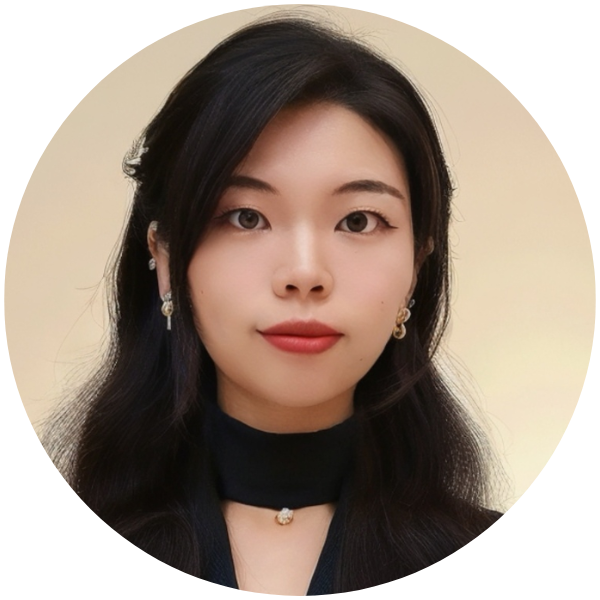
Speaker: Ms. Minhan Jiang PhD candidate, University of Minnesota, USA
LINKEDIN PROFILE
Harnessing the Immunomodulatory Effect of Cryoablation for Cancer Treatment
Cryoablation has been a longstanding method for treating solid tumors. Despite its use, a significant portion of treated cancers still experience local and systemic recurrence. Accumulating evidence suggests that cryoablation has immunomodulatory properties, as it destroys tumors in situ and releases antigens along with stimulating signals, triggering a systemic immune response. However, those responses are usually weak and rarely induce clinically relevant therapeutic effects. Therefore, additional immunomodulatory approaches are required to enhance antitumor immunity. Combining ablation with immunotherapy has proven to be a potent in situ tumor vaccination approach that leads to control of local recurrence and metastasis.
Biography: Minhan is a Ph.D. candidate in Biomedical Engineering at the University of Minnesota, mentored by Prof. John Bischof. Her research focuses on minimally invasive ablation therapies including cryosurgery, thermal therapy, and irreversible electroporation to uncover the role of focal therapy in priming the immune system. She also explores combining focal therapy with immunotherapy, such as checkpoint blockade, for improved primary and systemic cancer control. She holds a BS in BME from Shanghai Jiao Tong University.
EMERGING CRYOBIOLOGY
Thursday 16 November 2023
8 AM US/Pacific | 11 AM US/Eastern | 5 PM Central Europe | 8 PM Gulf Standard | 12 AM China Standard (next day)
Co-Chair: Dr. Dani Ballesteros, University of Valencia
Co-Chair: Dr. Wim Wolkers, University of Veterinary Medicine Hannover
 Speaker: Dr. Anne M. Visscher Research Fellow, Royal Botanic Gardens, Kew, UK
Speaker: Dr. Anne M. Visscher Research Fellow, Royal Botanic Gardens, Kew, UK
Potential for Plant Cryobiology Research in Space
Many useful plant species with the potential for plant-based bioregenerative life support systems produce extremophile seeds with tolerance to multiple stressors, including desiccation, which allows for their transport through space in a dried state. However, other valuable species produce desiccation-sensitive seeds or are propagated clonally, and life sciences research in space has not yet addressed the challenge of alternative transport methods in microgravity for such material. Although liquid nitrogen storage is used on Earth for desiccation-sensitive germplasm, it poses atmospheric leakage problems to crewed spacecraft and therefore, liquid nitrogen-free cryogenic freezing could be an alternative. This webinar will discuss the context and potential for plant cryobiology research in space.
Biography: Through my research, I aim to understand seed traits involved in seed survival of (extreme) environmental conditions (both natural and ex situ) on Earth and in space. Currently, I am a Research Fellow in the Global Tree Seed Bank Programme funded by the Garfield Weston Foundation. In addition, I am leading several research projects selected by the European Space Agency for spaceflight inside and outside the International Space Station.
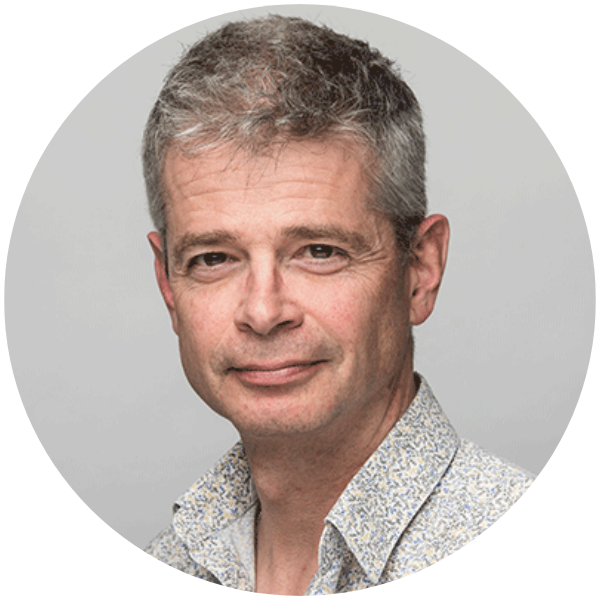 Speaker: Dr. Robert N. Ben Full Professor, University of Ottawa
Speaker: Dr. Robert N. Ben Full Professor, University of Ottawa
Controlling Ice Growth – From Ice Recrystallization to Nucleation
Many useful plant species with the potential for plant-based bioregenerative life support systems produce extremophile seeds with tolerance to multiple stressors, including desiccation, which allows for their transport through space in a dried state. However, other valuable species produce desiccation-sensitive seeds or are propagated clonally, and life sciences research in space has not yet addressed the challenge of alternative transport methods in microgravity for such material. Although liquid nitrogen storage is used on Earth for desiccation-sensitive germplasm, it poses atmospheric leakage problems to crewed spacecraft and therefore, liquid nitrogen-free cryogenic freezing could be an alternative. This webinar will discuss the context and potential for plant cryobiology research in space.
Application of Hydrogel Matrices in Hypothermic and Cryogenic Storage of Cells and Tissues
September 28th 2023
9AM US/Pacific | 12PM US/Eastern | 5PM United Kingdom | 6PM Central Europe | 8PM Gulf Standard | 12AM China Standard (next day)
Co-Chair: Dr. Lindong Weng, Novo Nordisk, USA
Co-Chair: Dr. Dani Ballesteros, University of Valencia
Atelerix: A Novel Solution for Hypothermic Cell, Tissue and Virus Preservation 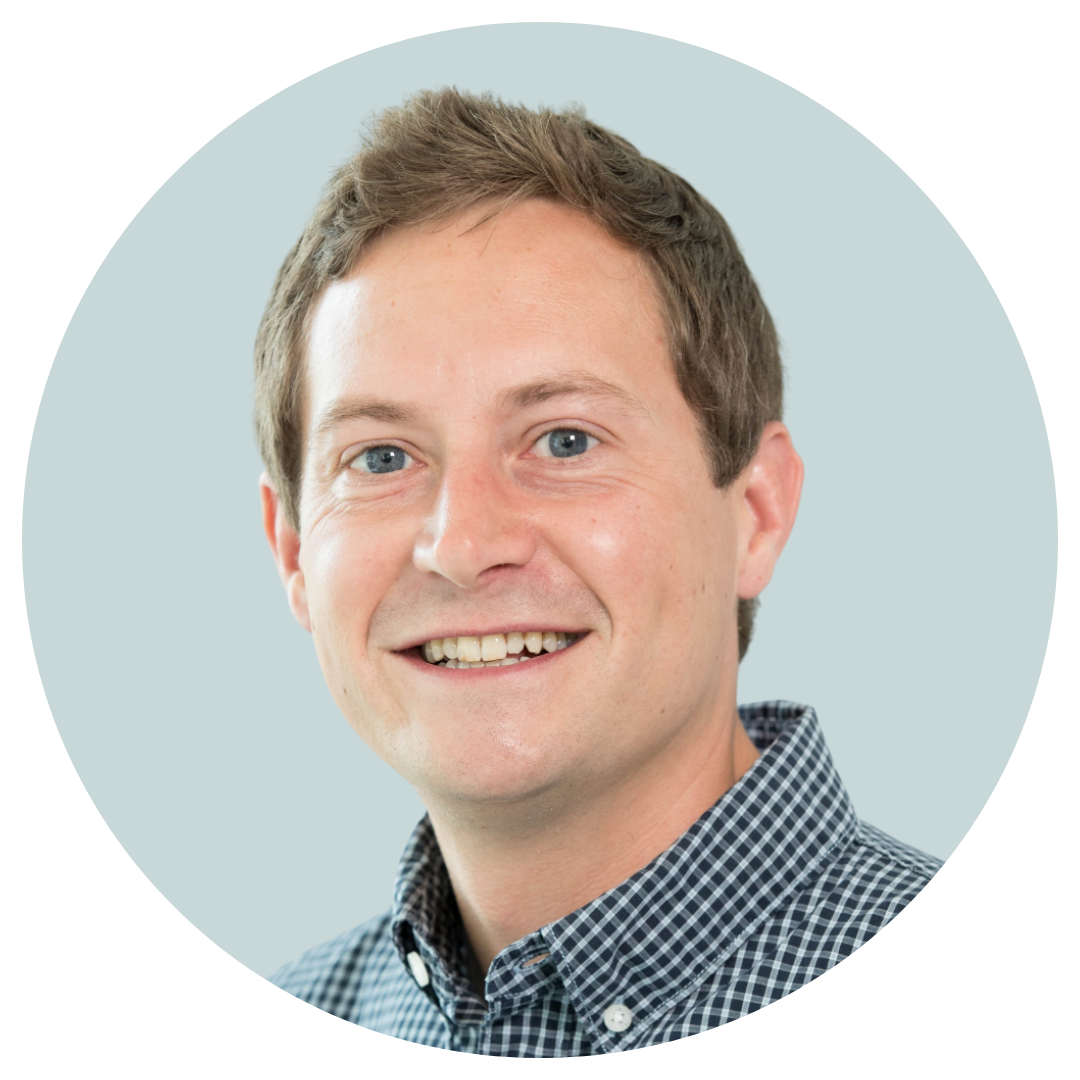
Dr. Steven Swioklo Co-Founder & CSO, Atelerix Ltd., UK
LINKEDIN | YOUTUBE | https://www.atelerix.co.uk
Cells, tissues and viruses have a finite lifespan outside the closely regulated environment of the body or culture incubator. In order to effectively distribute samples between research, drug discovery, or clinical sites, samples can either be shipped fresh (at hypothermic temperatures) or frozen. Whilst freezing samples has the advantage of long-term storage, it is not suitable for cryo-sensitive cell populations, can be difficult to optimise for tissues and complex multicellular models, and can add logistical complications. This presentation will discuss the use of Atelerix’s technology to extend the shelf life of fresh biological samples and describe case studies across multiple sectors from drug discovery to cell-based therapy where it has been successfully implemented to increase geographical reach and improve flexibility.
Biography Steve Swioklo is CSO and Co-founder of Atelerix Ltd., a biotech company specialising in cell preservation technologies for drug discovery and cell therapy applications. He did his PhD training at the University of Reading (Pharmacology) before conducting post-doctoral research at Newcastle University. His post-doctoral research was focused on hydrogel-encapsulation of cells and tissues for room temperature preservation which led to spinning out Atelerix in June 2017.
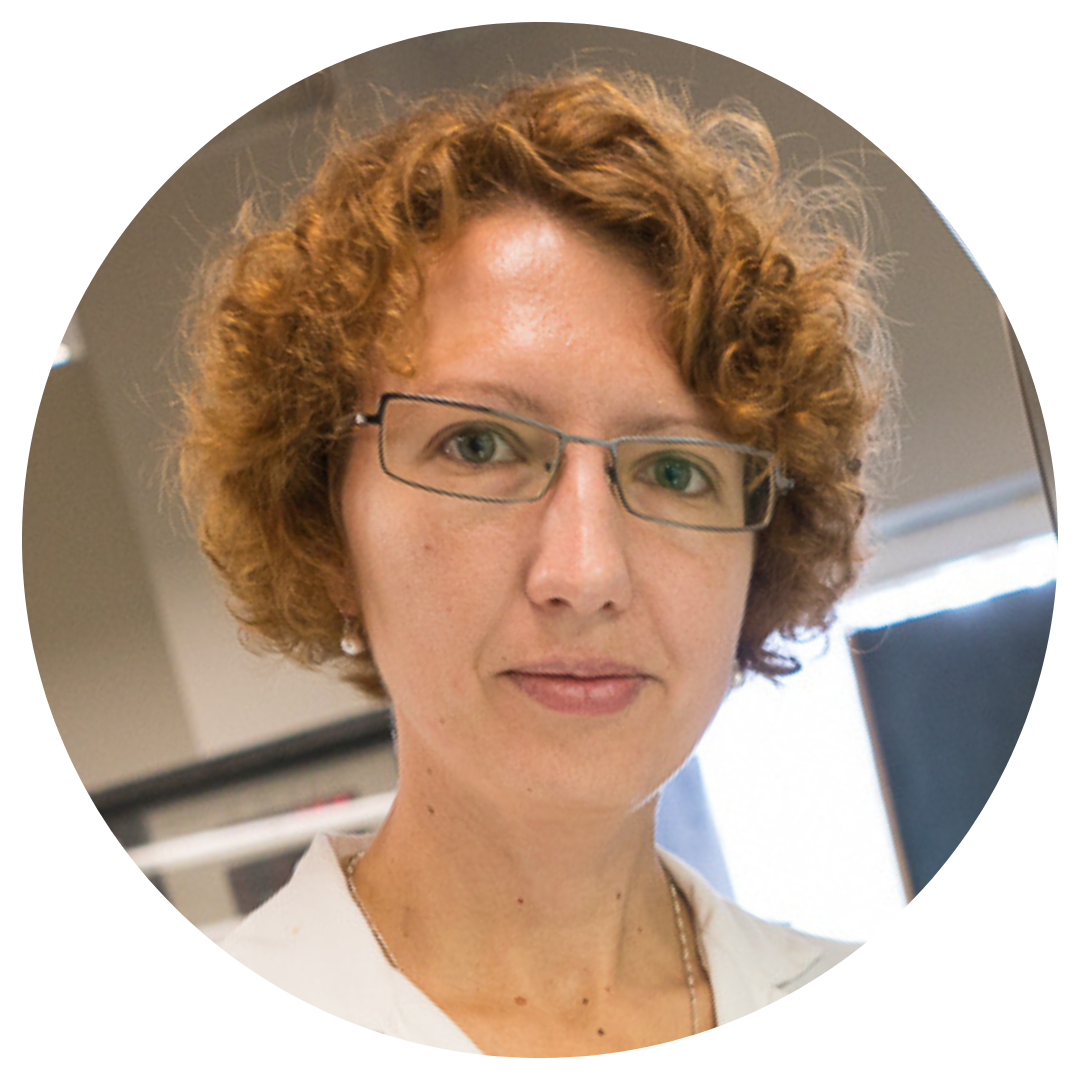 The Use of Alginate Matrix in Cryopreserving Plant Genetic Resources
The Use of Alginate Matrix in Cryopreserving Plant Genetic Resources
Dr. Elena Popova, Institute of Plant Physiology of Russian Academy of Sciences
LINKED IN | RESEARCH GATE
Alginate beads inherited from the synthetic seed technology were successfully implemented for cryopreserving a wide range of plant genotypes. Various modifications of “encapsulation” appeared suitable for diverse materials including shoot tips, embryos, hairy and adventitious roots and cell cultures. Inevitably, as cryobiotechnology progressed, encapsulation was largely replaced by a droplet-vitrification, a more effective and adaptive method. The presentation will discuss the past experience and future potential of alginate gels in plant cryobiology, and their most recent implementation as a part of novel cryopreservation techniques.
Biography Elena is a cryobiologist and plant physiologist with particular interest in biodiversity conservation. Her research is focused on using in vitro and cryopreservation technologies for biobanking genetic collections of the endangered or clonally propagated plants. She has worked on plant biobanking projects at Global Crop Diversity Trust (Germany), the University of Guelph (Canada), National Agrobiodiversity Center (Republic of Korea) and other institutions developing and adapting cryopreservation protocols for various plant species.
Integration of Academia and Industry for Developing Solutions in Cryobiology
July 21st 2023
9AM US/Pacific | 12PM US/Eastern | 5PM United Kingdom | 6PM Central Europe | 8PM Gulf Standard | 12AM China Standard (next day)
Co-Chair: Dr. Luciana Da Silveira Cavalcante University of Alberta, Canada
Co-Chair: Dr. Lindgong Weng Sana Biotechnology, USA
 MAKING MONOLAYER ASSAY-READY CELLS FROM THE FREEZER A REALITY: FROM LAB TO A SPIN-OUT
MAKING MONOLAYER ASSAY-READY CELLS FROM THE FREEZER A REALITY: FROM LAB TO A SPIN-OUT
Dr. Matthew Gibson Professor, University of Warwick, United Kingdom
TWITTER | LINKEDIN | https://gibsongroupresearch.com | https://www.cryologyx.com
Inspired by how nature has evolved ice binding, and other cryoprotective proteins we are interested in synthetic macromolecular cryoprotectants: polymers which can protect cells, proteins and other biologics. In this talk I will discuss our identification of potent macromolecular cryoprotectants and in particular their application to the cryopreservation of cells as 2D monolayers. We show how these allow near 100 % post-thaw recovery, enabling cells to be taken direct from the freezer and are ‘assay ready’: so the user needs no cell culture, passaging, cell counting etc. I will show the pathway of this to commercialization with our spin-out Cryologyx.
Biography
Matt is a Full Professor in the Department of Chemistry and Medical School at the University of Warwick, UK. He obtained his degree/PhD from the University of Durham, UK, and was a post-doc at EPFL Switzerland. Matt’s team develop biomaterials for challenges in health, biotechnology and affiliated areas. He is co-founder of Cryologyx Ltd.
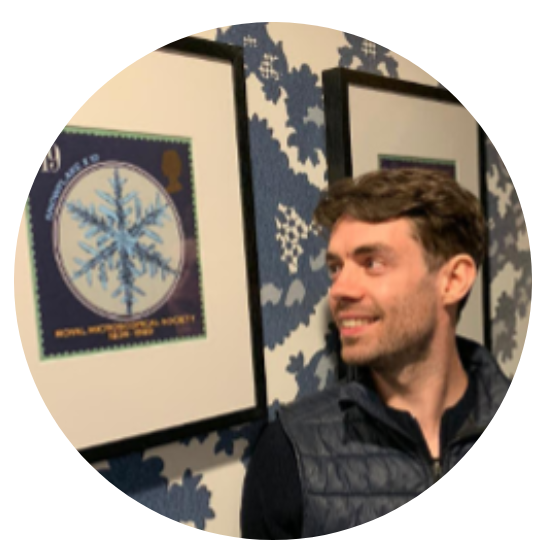 FROM DISCOVERY TO PRODUCT - THE CHALLENGES OF ICE NUCLEATION IN MULTIWELL PLATES
FROM DISCOVERY TO PRODUCT - THE CHALLENGES OF ICE NUCLEATION IN MULTIWELL PLATES
Dr. Peter Kilbride Senior Scientist, Cytiva, United Kingdom
TWITTER
In the life sciences, one major hurdle is the practical challenges in making a great product have wide applicability. After discovery, an invention must be made easy to use, reliable every time, and at low enough cost to be applicable to the widest number of applications. In this talk, I’ll give an overview of a (non-commercialized) product journey, from discovery of the ice nucleating abilities of IceStart, and the challenges we faced in using this to improve multiwell plate cryopreservation.
Biography
Peter is Senior Scientist at Cytiva in Cambridge, UK, a company whose focus is on the development of equipment for cryopreservation, primarily in the cell therapy field. He has a PhD from University College London in Cryobiology, and currently runs cryopreservation projects focusing on translating academic discoveries to clinical treatments. Peter currently serves on the Society for Cryobiology's Board of Governors.
Disordered Proteins To Keep Intracellular Order During Stress
|
|
Co-Chair: Dani Ballesteros, PhD - University of Valencia, Spain
|
Device and Process for Cell Therapy Cryopreservation
March 14, 2023
9AM US/Pacific | 12AM US/Eastern | 4PM United Kingdom | 5PM Central Europe | 8PM Gulf Standard | 12AM China Standard
Co-Chair: Dr. Lindong Weng - Sans Biotechbology, USA
Co-Chair: Dr. Peter Kilbride - Cytiva, UK
NOTE - THIS WEBINAR IS NOT AVAILABLE TO WATCH IN THE MEMBERS' AREA DUE TO INTELLECTUAL PROPERTY.
Speakers:
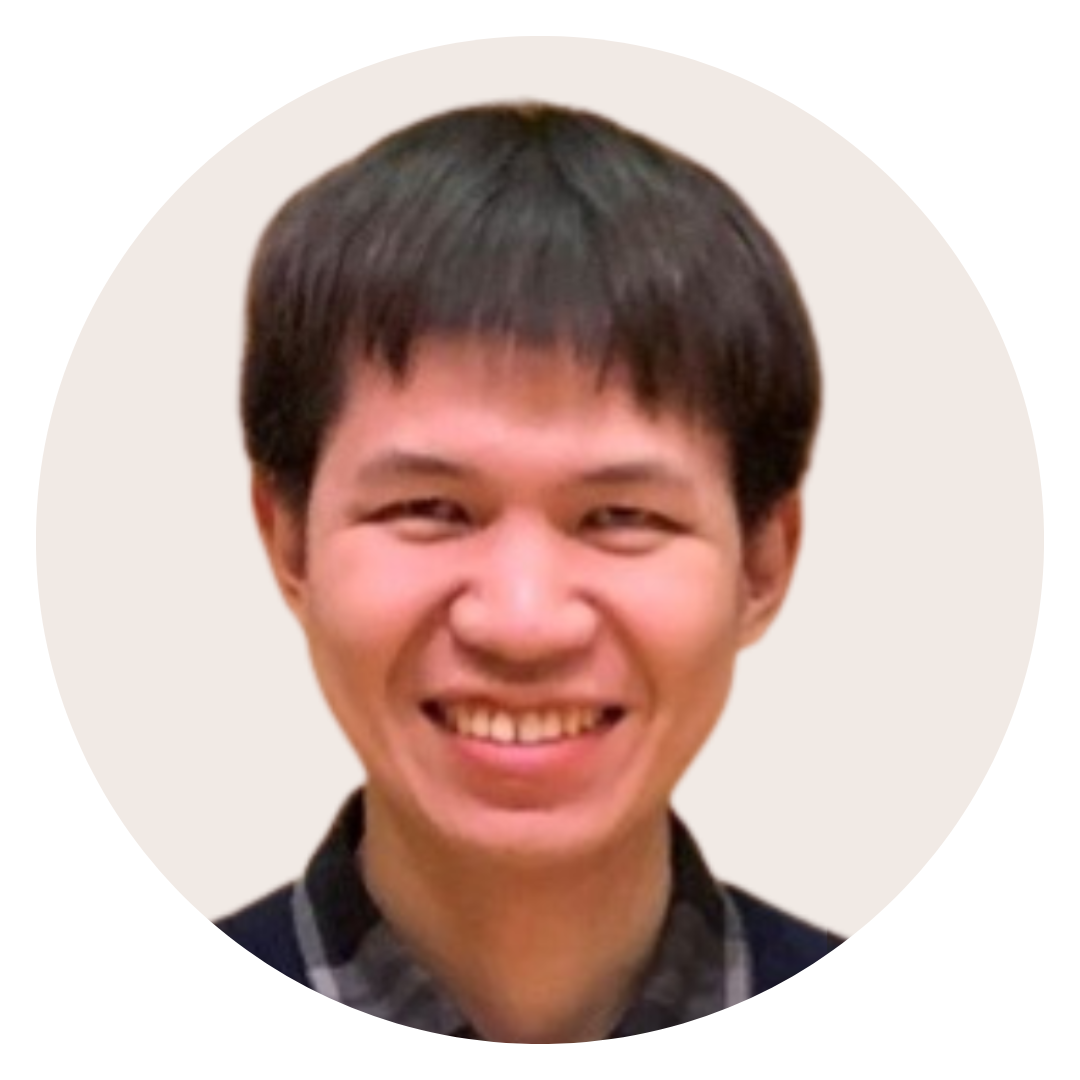 PRACTICAL CRYOPRESERVATION CONSIDERATIONS OF AUTOLOGOUS AND ALLOGENEIC CELL THERAPY
PRACTICAL CRYOPRESERVATION CONSIDERATIONS OF AUTOLOGOUS AND ALLOGENEIC CELL THERAPY
Dr. Chia-Hsing Pi Senior Scientist, Process Development Engineering, Vertex Pharmaceuticals, USA
Since the first autologous CAR-T approved in 2017 and first allogeneic T-cell immunology approved in 2022, people start to pay more attentions on cryopreservation of cells. Suboptimal cryopreservation can lead not only to batch-to-batch variation, lowered cellular functionality and reduced cell yield. This requires attention to all aspects of the application of low temperatures: from the choice of freezing container and cryoprotectant, the cooling rate and its mode of delivery, the handling during storage and transportation, to the product thawing by the end-user. The speaker will share his experience and considerations with fit-for-purpose approaches for allogeneic and autologous cell therapies.
Bio: Chia-Hsing Pi, Ph.D., currently works at Vertex Pharmaceuticals as a senior scientist in process development engineering. Before joining Vertex, he worked in BlueRock Therapeutics for iPSC-derived cell therapy, where he supervised the cryopreservation process for all cell types including cardiology, neurology and immunology. He received his Ph.D in Allison Hubel, Ph.D.’s lab from University of Minnesota. In Graduate School, he used computational tools to understand interactions between osmolytes and optimize the preservation of heterogeneous populations of primary cells.
LEARN MORE & CONNECT
Linked In
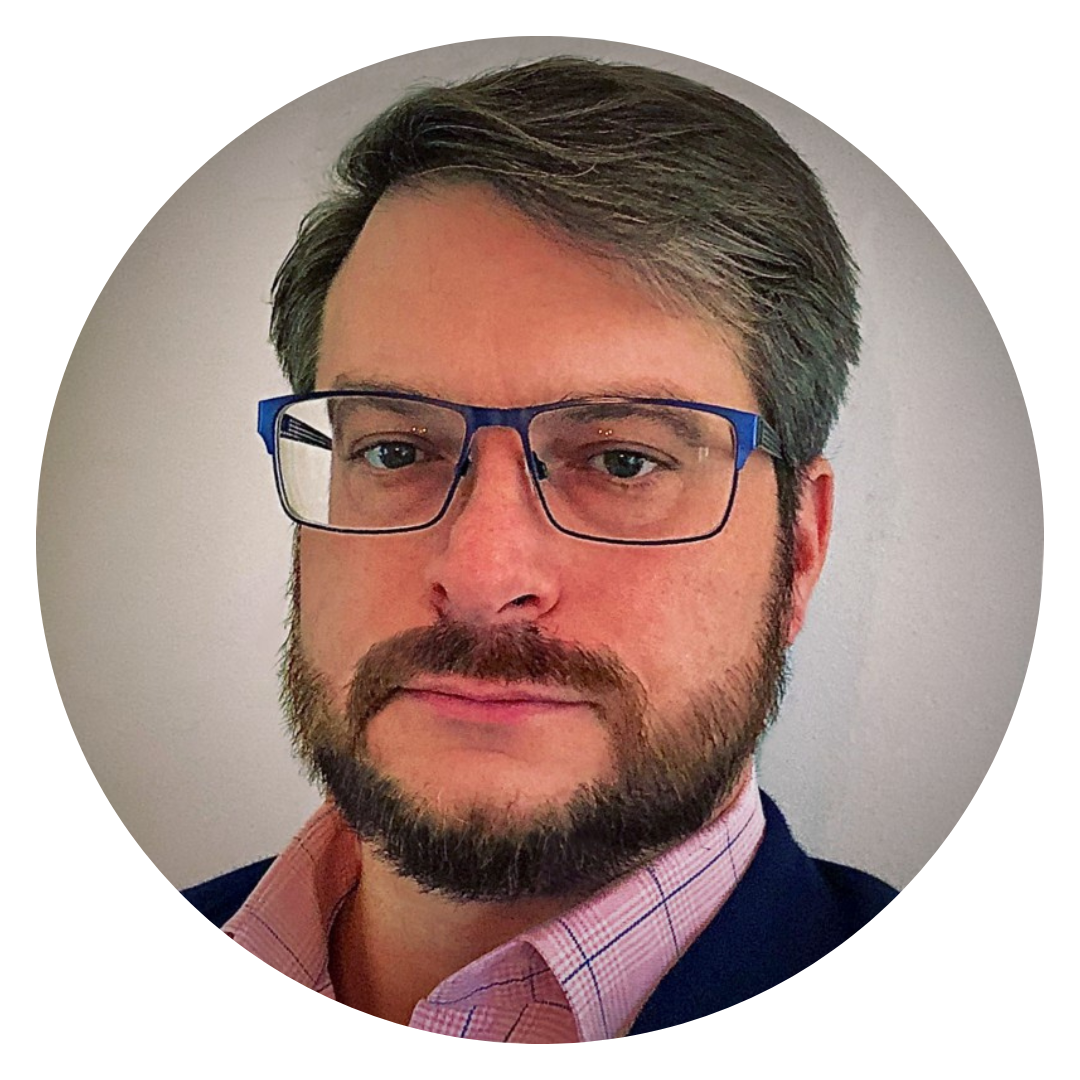 ADDRESSING THE CHALLENGES OF CRYOGENIC STORAGE FOR CELL THERAPIES
ADDRESSING THE CHALLENGES OF CRYOGENIC STORAGE FOR CELL THERAPIES
Dr. Sean Werner CTO Cell Processing, Sexton Biotechnologies, USA
Cryogenic storage of high value, sensitive biologic materials such as cell therapies requires unique container attributes to mee the stringent quality and performance requirements for a drug product. The CellSeal vial was the first cryogenic storage container developed explicitly for the cell and gene therapy industry. Over the last ten years, new variants of vials and bags have arrived on the market. This presentation will provide an overview of the development the CellSeal vial, the current state of the industry, and remaining needs.
Bio: Sean Werner is the Chief Technology Officer – Cell Processing at BioLife Solutions. Previously, Sean was President of Sexton Biotechnologies, providing processing and handling solutions for the CGT industry including the CellSeal cryogenic vial and associated handling tools. Sean has previous experience filling various roles in the global regulatory and general management functions supporting medical devices, autologous cell therapy, and single use disposable development programs.
January 17, 2023
Modulating Ice Crystal Nucleation and Growth
7AM US/Pacific | 10AM US/Eastern | 3PM United Kingdom | 4PM Central Europe | 7PM Gulf Standard | 11PM China Standard
Co-Chair: Dr. Wim Wolkers - University of Veterinary Medicine Hannover, Germany
Co-Chair: Dr. Dani Ballesteros - University of Valencia, Spain
Speakers: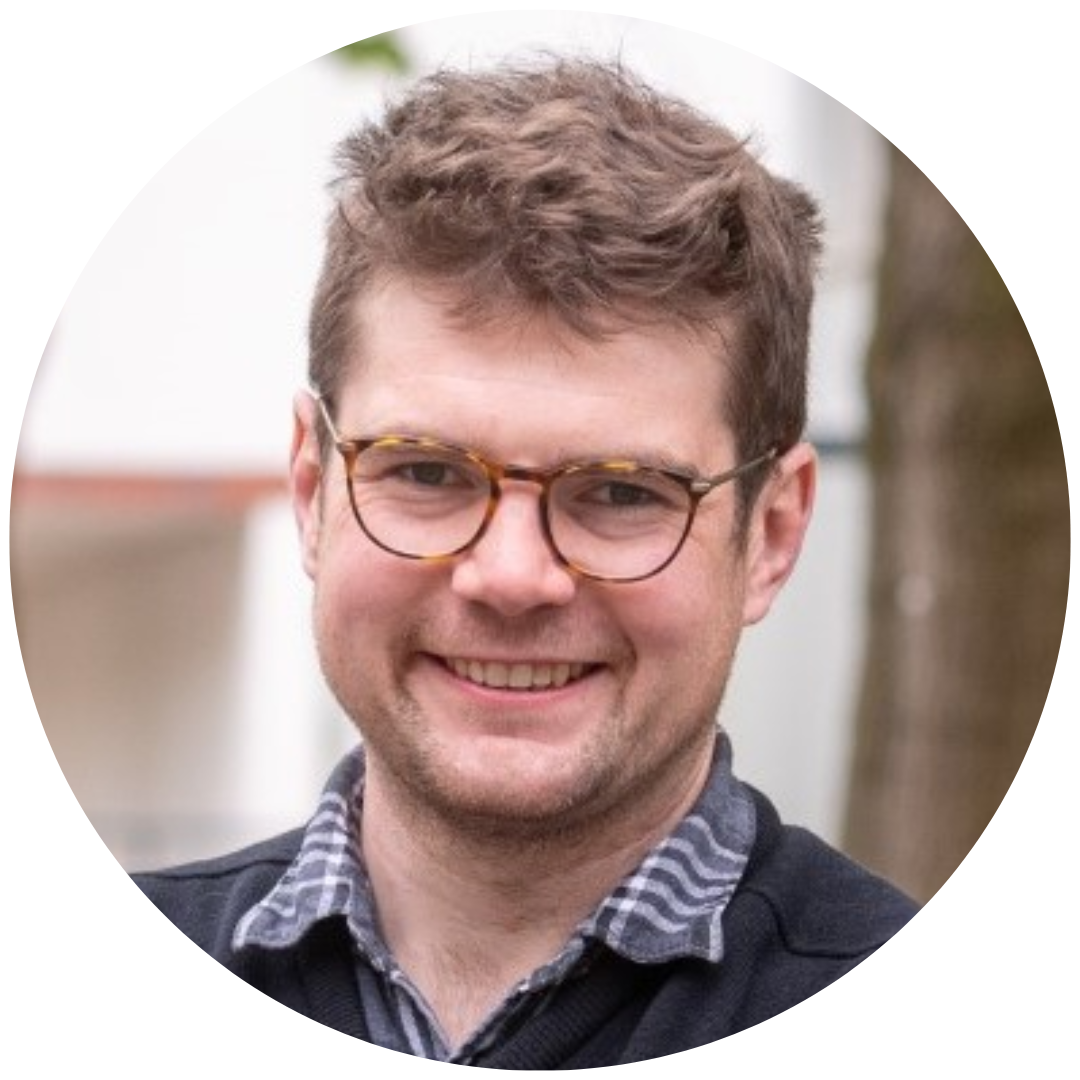 Ice Nucleation by Pollen and Fern Spore Derived Macromolecules: Atmospheric Implications and Cryobiological Applications
Ice Nucleation by Pollen and Fern Spore Derived Macromolecules: Atmospheric Implications and Cryobiological Applications
Dr. Thomas Whale
Leverhulme Early Career Fellow/Assistant Professor, Warwick University, UK
Around a decade ago it was discovered that some plant pollens produce water-soluble ice nucleating macromolecules. The chemical nature and biological function of these molecules remains poorly understood. This talk discusses our recent discovery of similar ice active molecules in fern spores, pointing to an ancient evolutionary origin of the nucleator. Further, we have also shown that the ice nucleation activity of the pollen derived molecules facilitates cryopreservation of a range of mammalian cell types in small-volume formats. Finally, some progress towards chemical identification of the ice nucleator is discussed.
Bio: After completing a PhD in the Institute for Climate and Atmospheric Science at the University of Leeds and a brief postdoc in the School of Chemistry at Leeds, Dr. Tom Whale won a Leverhulme Early Career Fellowship in the Chemistry department at the University of Warwick, where he currently works. Tom’s research is focused on improving mechanistic understanding of heterogeneous ice nucleation and applying that knowledge to problems in cryobiology and atmospheric science.
LEARN MORE & CONNECT
@TF_Whale https://twitter.com/TF_Whale
https://www.researchgate.net/profile/Thomas-Whale
https://warwick.ac.uk/fac/sci/chemistry/staff/tomwhale/
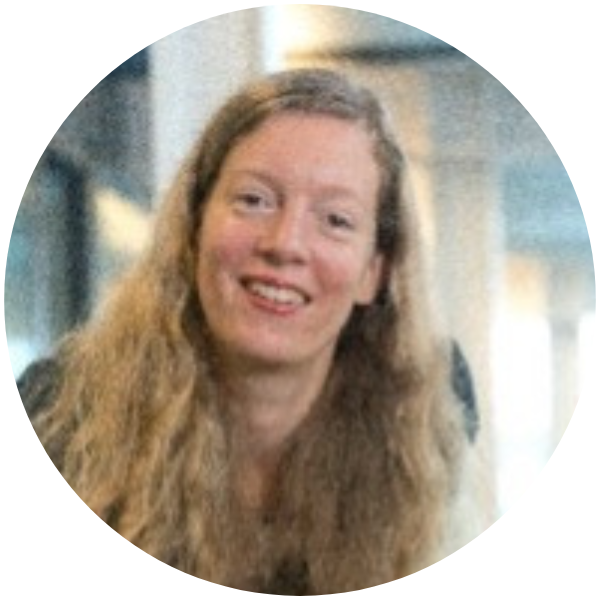 Ice-Cold and Crystal-Clear: Pinning and Surfing of Ice- Bound Antifreeze Proteins Imaged One by One with Subzero Nanoscopy
Ice-Cold and Crystal-Clear: Pinning and Surfing of Ice- Bound Antifreeze Proteins Imaged One by One with Subzero Nanoscopy
Prof. Ilja Voets - Eindhoven University of Technology, Netherlands
Highlights of recent work on ice-binding proteins (IBPs) and bio-inspired, engineered ice-binding materials. We study how and why IBPs bind ice crystals using single molecule experiments (nanoscopy) and relate adsorption behavior to their activity aiming to achieve a solid mechanistic understanding of how IBPs work and as a stepping stone towards the knowledge-based design of synthetic (ice) crystal growth modifiers for biomedical and other applications.
Bio: Prof. Ilja Voets heads the Laboratory of Self-organizing Soft Matter at the Department of Chemical Engineering and Chemistry at Eindhoven University of Technology focused on self-assembly of man-made, biological, and biohybrid soft matter to gain fundamental insights for translation into rational design strategies to engineer novel functional soft materials. Voets has a particular fascination with ice-binding proteins that help fish, insects, and plants to survive in extreme environments at sub-zero temperatures.
LEARN MORE & CONNECT
Twitter
@Voets_lab
@IKVoets
Linked In
Ilja Voets
Links
https://www.researchgate.net/profile/Ilja-Voets
https://www.voetslab.nl/
https://orcid.org/0000-0003-3543-4821
https://scholar.google.com/citations?user=HAG5Og4AAAAJ&hl=en
https://www.webofscience.com/wos/author/record/E-3604-2014
https://www.tue.nl/en/research/research-groups/self-organizing-soft-matter/
November 15, 2022
Recent Developments in Dry Preservation Technologies Inspired by Lessons from Nature
8AM US/Pacific | 11AM US/Eastern | 4PM United Kingdom | 5PM Central Europe | 8PM Gulf Standard | 12AM, Nov 16 China Standard
Co-Chair: Dr. Wim Wolkers - University of Veterinary Medicine Hannover, Germany
Co-Chair: Dr. John M. Baust - CPSI Biotech, USA
Speakers: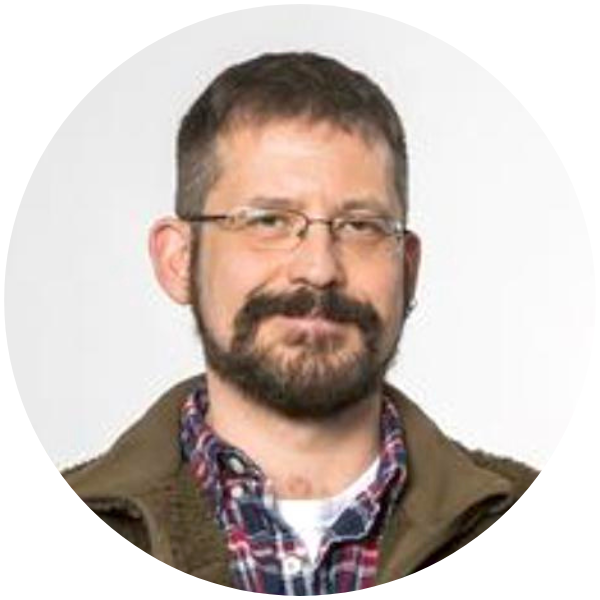 ANHYDROBIOSIS - FROM PROTEINACEOUS PHASE TRANSITIONS TO FREEZE-DRYING OF RED BLOOD CELLS
ANHYDROBIOSIS - FROM PROTEINACEOUS PHASE TRANSITIONS TO FREEZE-DRYING OF RED BLOOD CELLS
Dr. Michael A. Menze - Professor and Associate Dean Research and Innovation, University of Louisville
The emerging role of proteinaceous liquid-liquid phase separation (LLPS) in the water-stress tolerance of animal cells will be discussed based on recent findings on two late embryogenesis abundant (LEA) proteins that are abundantly expressed in the anhydrobiotic stage of the brine shrimp Artemia franciscana. Both these proteins form proteinaceous protein droplets in vitro and biomolecular condensates (membraneless organelles) if ectopically expressed in cells. The propensity to selectively incorporate target proteins expands the range of mechanisms by which LEA proteins are thought to confer water-stress tolerance. Furthermore, recent progress in the dry preservation of red blood cells will be presented.
Biography
Dr. Michael A. Menze earned his doctoral degree in molecular physiology and biophysics by elucidating the role of allosteric regulation of respiratory pigments in the hypoxia tolerance of crustaceans. His postdoctoral work focused on the mechanisms of water-stress tolerance in invertebrates investigating the role of compatible organic osmolytes and proteaceous protectants in biostabilization. Dr. Menze continues to investigate the molecular basis of animal anhydrobiosis and develops biomimetics approaches to improve the long-term preservation of biologics.
Learn More:
https://www.linkedin.com/in/michael-menze-7130a737/
https://www.researchgate.net/profile/Michael-Menze
https://works.bepress.com/michael_menze/
www.drmenze.com
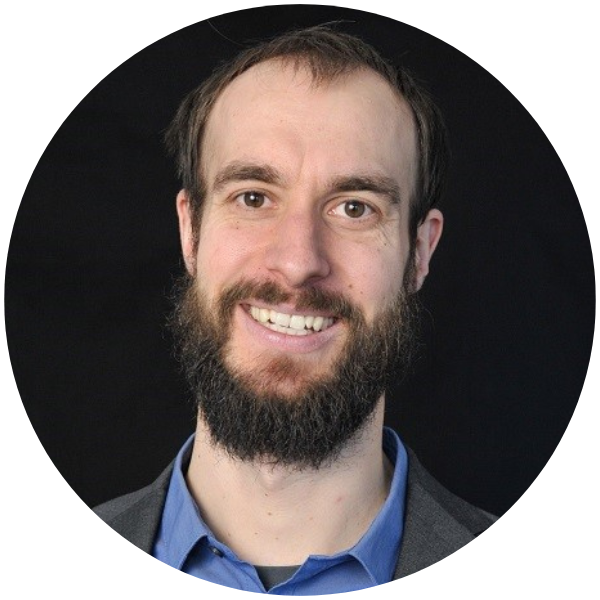 STABILIZATION OF ADENO-ASSOCIATED VIRUS (AAV) VECTOR FORMATIONS BY LYOPHILIZATION
STABILIZATION OF ADENO-ASSOCIATED VIRUS (AAV) VECTOR FORMATIONS BY LYOPHILIZATION
Dr. Tim Menzen -Chief Technology Officer, Coriolis Pharma Research GmbH
Adeno-associated virus (AAV) is a promising vector for gene therapy. Liquid AAV formulations typically require storage below -60 °C to provide long-term stability. In contrast, freeze-dried formulations could enable storage at 2−8 °C. Different conditions for freeze-drying of AAV8 were evaluated and undesirable instability can be significantly reduced if secondary drying is performed at lower temperatures, kept as short as possible, and the residual moisture is kept between 1.5-2%. Moreover, a promising combination of phosphate buffer, trehalose, hydroxyectoine and poloxamer was found. These results pave the way for future optimizations of freeze-drying processes for AAV vector-based gene therapy products.
Biography
Dr. Tim Menzen is CTO of Coriolis Pharma. He is a pharmacist by training and received his PhD in the group of Prof. Frieß at the LMU in Munich. In 2014, Tim joined Coriolis Pharma. He was leading formulation development projects for biologics for 3 years and was involved in the implementation of novel technologies. In his current role, he is involved in internal research projects at Coriolis and in collaborations with partners from industry and academia. Tim has co-authored >25 scientific publications.
Learn More www.coriolis-pharma.com
September 12, 2022
Enhancing Cryopreservation via Control of Ice Formation
6:30AM US/Pacific | 9:30AM US/Eastern | 2:30 PM United Kingdom | 3:30PM Central Europe | 5:30 PM Gulf Standard | 9:30 PM China Standard
Co-Chair: Dr. Zhiquan "Andy" Shu - Assistant Professor, University of Washington - Tacoma, USA
Co-Chair: Dr. Miao Zhang - School of Biological Science and Medical Engineering, Southeast University, China
Speakers SAND-BASED SERUM-FREE LOW-CRYOPROTECTANT CRYOPRESERVATION OF HUMAN INDUCED PLURIPOTENT STEM CELLS
SAND-BASED SERUM-FREE LOW-CRYOPROTECTANT CRYOPRESERVATION OF HUMAN INDUCED PLURIPOTENT STEM CELLS
Dr. Xiaoming "Shawn" He - Professor, University of Maryland, United States
We developed a novel sand-based approach inspired by nature to enhance cell/tissue cryopreservation. This is demonstrated by cryopreserving human induced pluripotent stem cells (hiPSCs) as 3D microspheres with no serum, minimized cryoprotectant, and high cell survival. Furthermore, the cryopreserved hiPSCs retain high pluripotency and functions judged by pluripotency marker expression, cell cycle, and capability of differentiation into all the three different germ layers. This novel sand-mediated serum-free low-cryoprotectant cryopreservation method may greatly facilitate the convenient and ready availability of high-quality iPSCs and possibly many other types of cells/tissues for the emerging cell-based medicine.
Biography
Xiaoming He is a Professor of Bioengineering at the University of Maryland, College Park. His research is focused on developing multiscale biomaterials/devices to engineer, bank, and deliver today’s medicine for cancer theranostics and tissue regeneration. He has published >140 articles in high-ranking journals including Nature Nanotechnology, Nature Biomedical Engineering, and Nature Communications. He is a fellow of the American Society of Mechanical Engineers (ASME) and the American Institute of Medical and Biological Engineering (AIMBE).
Learn More
https://bioe.umd.edu/clark/faculty/799/Xiaoming-Shawn-He
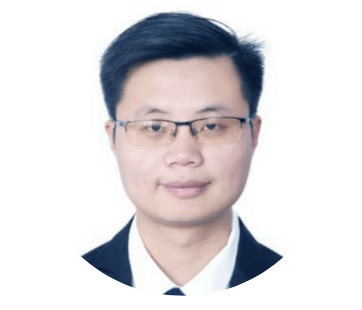 ADVANCED MULTISCALE BIOPRESERVATION THROUGH ICE MANIPULATION
ADVANCED MULTISCALE BIOPRESERVATION THROUGH ICE MANIPULATION
Dr. Haishui Huang - Professor, Xi'an Jiaotong University | Associate Director, Bioinspired Engineering and Biomechanics Centre, China
Ice formation is a major damaging factor in the low temperature preservation of multiscale mammalian biospecimens, and its precise manipulation is a critical challenge in the development of advanced biopreservation technologies. This seminar will discuss three new preservation methods, “pre-dehydration + ice seeding”, “local vitrification”, and “deep supercooling”, through controlling the nucleation, proliferation, and distribution of ice crystals during low-temptation storage.
Biography
Dr. Haishui Huang is a professor at Xi’an Jiaotong University and an associate director at Bioinspired Engineering and Biomechanics Centre. Dr. Huang graduated from the Ohio State University and conducted his postdoc research fellowship at the Harvard Medical School. His research interests lie in the interface between thermodynamics and biomedical engineering, including biopreservation, thermal therapy, and tissue engineering. These research activities were published on a series of high-profile journals, such as Nature Biomedical Engineering and Nature Communications. Dr. Huang’s research was funded by “Young Talent Support Program” of Xi’an Jiaotong University and National Science Foundation of China.
July 14, 2022
RECENT ADVANCES IN PLANT CRYOBIOTECHNOLOGY
8:00AM US/Pacific | 11:00AM US/Eastern | 4:00 PM United Kingdom | 5:00PM Central Europe | 8:00 PM Gulf Standard
Co-Chair: Daniel Ballesteros - University of Valencia, Spain
Co-Chair: Raquel Folgado - Huntington Library, Art Museum, and Botanical Gardens, USA
Speakers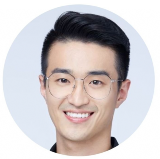 IMPROVED SINGLE-MODE ELECTROMAGNETIC RESONANCE (SMER) REWARMING OF LARGE BIOMATERIALS
IMPROVED SINGLE-MODE ELECTROMAGNETIC RESONANCE (SMER) REWARMING OF LARGE BIOMATERIALS
Shen Ren - Instructor, Seattle University, Seattle, WA, USA; Affiliate Assistant Teaching Professor, Associate Director, Center for Cryo-biomedical Engineering and Artificial Organs, University of Washington, Seattle, WA, USA
Rapid and uniform heating generated by single-mode electromagnetic resonance (SMER) rewarming has been proved to be promising for the rewarming of cryopreserved large samples. The aim of this seminar is to discuss the key challenges of the electromagnetic heating and optimization of the SMER technology.
Biography
Dr. Shen Ren is an Instructor in the Mechanical Engineering Department at Seattle University, an Associate Director at the Center for Cryo-Biomedical Engineering and Artificial Organs, and an Affiliate Instructor in the Department of Mechanical Engineering at the University of Washington, Seattle. Dr. Ren received his Ph.D. in Mechanical Engineering from the University of Washington, Seattle, with the exceptional Ph.D. dissertation award. His doctoral dissertation focused on the development of an Automated Single-mode Electromagnetic Resonance Rewarming System for the Cryopreservation of Large-scale Biomaterials. He has been named the winner of the 2021 Peter L. Steponkus Crystal Award from the Society for Cryobiology (SFC). In 2022, Dr. Ren received the Innovation Award from the UW CoMotion.
 APPLICATION OF NANOPARTICLES IN CRYOPRESERVATION OF PLANT TISSUES
APPLICATION OF NANOPARTICLES IN CRYOPRESERVATION OF PLANT TISSUES
Dariusz Kulus - Assistant Professor, Head of the Laboratory of Ornamental Plants and Vegetable Crops at the Faculty of Agriculture and Biotechnology, Bydgoszcz University of Science and Technology, Poland
Application of nanoparticles may greatly improve the effectiveness of cryopreservation protocols and ought to be carefully explored. The aim of this seminar is to present some recent findings of the effect of various nanoparticles on the in vitro and ex vitro development of plants, particularly concerning cryobiology studies.
Biography
Dr. Kulus was born in 1987 in Toruń, Poland, and is currently living and working in Bydgoszcz. He is a graduate of biotechnology at the UTP University of Technology and Life Sciences in Bydgoszcz (2011), and received his doctoral degree in biotechnology (summa cum laude) in 2016 from the University of Life Sciences in Poznań, Poland. He is a fan of travelling, cats, and music.
Dr. Kulus is the winner of numerous awards for scientific achievements, including the Scholarship of the Polish Minister of Science and Higher Education and the Mayor of the Bydgoszcz Metropolis Award for Outstanding Scientific Achievements. Author of grants for young researchers. Current professional interests focus on issues related to cryopreservation and analyses of biochemical and genetic variability in selected ornamental, vegetable, and medicinal plant species, as well as micropropagation of endangered species of cacti and other succulents. Theoretical knowledge has been supported by the experience gained during trainings and internships in domestic and foreign laboratories of diverse profiles, including the PAS Laboratory of Cryobiology in Warsaw, the Czech University of Life Sciences in Prague, Agricultural University of Athens, Zagreb, Tbilisi, and others. Author and co-author of scientific and popular science articles in the field of plant biotechnology.
LEARN MORE
https://www.researchgate.net/profile/Dariusz-Kulus
https://scholar.google.com/citations?user=0RN-PgkAAAAJ&hl=pl
http://dkulus.utp.edu.pl/
May 18, 2022
ISOCHORIC PROCESSES IN CRYOBIOLOGY | AVOIDING DEVITRIFICATION
 ISOCHORIC PROCESSES IN CRYOBIOLOGY
ISOCHORIC PROCESSES IN CRYOBIOLOGY
Boris Rubinsky, Professor of the Graduate School - University of California Berkeley, Department of Mechanical Engineering and Department of Bioengineering, USA
8:00AM US/Pacific | 11:00AM US/Eastern | 4:00 PM United Kingdom | 5:00PM Central Europe | 8:00 PM Gulf Standard
Co-Chairs: Ido Braslavsky - Robert H. Smith Faculty of Agriculture, Food and Environment, The Hebrew University of Jerusalem, Israel
Dr. Akalabya Bissoyi, Research Fellow, Matthew I. Gibson Group, Warwick Medical School, Warwick University, United Kingdom
Most of the research in cryobiology was done under conditions of constant atmospheric pressure (isobaric) because this is the normal mode at which life processes take place on earth. We began to explore processes relevant to cryobiology under conditions of constant volume (isochoric). Our theoretical and experimental research has shown that isochoric condition modify cryobiology relevant processes. We studied the effects of isochoric constrains on the phenomena of: supercooling, freezing and vitrification. This presentation is a brief review of the theoretical and experimental findings.
Biography
Boris Rubinsky was born in Romania and immigrated to Israel as a teenager. He graduated with a B.Sc. and M.Sc. in Mechanical Engineering from the Technion in Israel and with a PhD in Mechanical Engineering/Bioengineering from M.I.T., in 1981. He has been a Professor at the University of California at Berkeley since 1980. At UC Berkeley he held the positions of the Chancellor‟s Professor from 1997 to 2000, the Arnold and Barbara Silverman Distinguished Professor of Bioengineering from 2000 to 2008 and is, since 2008, a Professor of the Graduate School. In addition he is the Director of the “Center for Bioengineering in the Service of Humanity and Society” which he founded at the Hebrew University of Jerusalem in 2006. The goal of the center is to promote research collaboration between Palestinian and Israeli students on projects relevant to the needs of the economically disadvantaged. Prof Rubinsky has published close to three hundred peer reviewed scientific papers, and has supervised the research of close to one hundred M.Sc. and Ph.D. students. In the supervision of students he was heavily focused on supervising disadvantaged students and is particularly proud of mentoring and supervising the research of the first African American woman to receive a PhD in Engineering at Berkeley. His research has received numerous society awards, best paper awards and recognitions such as the 1987 Fogarty Senior International Fellowship Award, National Institute of Health, the 1996 „Heat Transfer Memorial Award” from the American Society for Mechanical Engineering (ASME), the 2007 „Gold Award” from the International Society of Cryosurgery and many others. He is a Fellow of many societies including the American Association for Advancement of Science (AAAS) and the American Institute of Medical and Biomedical Engineering (AIMBE).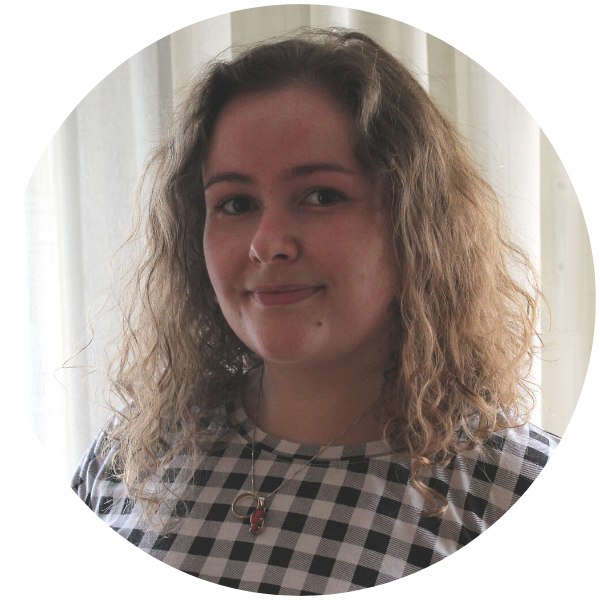 AVOIDING DEVITRIFICATION AFTER CRYOPRESERVATION: HIGH INTENSITY FOCUSED ULTRASOUND
AVOIDING DEVITRIFICATION AFTER CRYOPRESERVATION: HIGH INTENSITY FOCUSED ULTRASOUND
Laura Encabo Luque, Graduate Student - Engineering School, University of Seville (Energy, Chemical and Environmental Engineering), Spain
8:00AM US/Pacific | 11:00AM US/Eastern | 4:00 PM United Kingdom | 5:00PM Central Europe | 8:00 PM Gulf Standard
Co-Chairs: Ido Braslavsky - Robert H. Smith Faculty of Agriculture, Food and Environment, The Hebrew University of Jerusalem, Israel
Dr. Akalabya Bissoyi, Research Fellow, Matthew I. Gibson Group, Warwick Medical School, Warwick University, United Kingdom
When a biological sample is cryopreserved, the problem of recrystallization can arises during rewarming. However, if it carries out fast and homogeneous heating this problem is avoided. From CryoBioTech we can offer the solution: by using HIFU as a rewarming technique, the recrystallization is solved. In this work, the survival rate obtained in Caenorhabditis elegans model is presented a proof of this scalable technique.
Biography
Laura Encabo was born in 1996 in Lucena, Córdoba (Spain), and is currently living in Seville. She is graduated in Pharmacy from University of Granada (2019) where she developed her knowledge in biotechnology, biochemistry and pharmacology. Laura developed her final degree dissertation at the prestigious CSIC-IACT (Andalusian Institute of Earth Sciences in collaboration with the Superior Council of Scientific Investigations) facilities in Granada, where she worked on improving the physicochemical properties of anti-inflammatory drugs through the use of the cocrystallization technique. Laura Encabo obtained a Research Contract from the Regional Government of Andalusia that allowed her to connect with the world of cryobiology. The results she achieved in the first months of work prompted her to develop her PhD at CryoBioTech with Dr. Risco, a multidisciplinary biologist-engineer group at Engineering School at University of Seville. Since she began her research stage, she has collaborated at different levels: proof of principles with the C. elegans animal model and its rewarming with HIFU (High Intensity Focused Ultrasound), evaluation of short-term memory after cryopreservation, and improvement of cryoprotectant cocktails. Currently, his research is focused on cryopreservation of the heart of mice and rats, applying HIFU as the main rewarming technique.
January 13, 2022
CRYO-CONSERVATION OF ENDANGERED SPECIES | LIVER CELLS AND TISSUE PRESERVATION
8:00AM US/Pacific | 11:00AM US/Eastern | 4:00 PM United Kingdom | 5:00PM Central Europe | 8:00 PM Gulf Standard
Co-Chairs
Harriette Oldenhof - University of Veterinary Medicine Hannover, Germany
James Benson - University of Saskatchewan, Canada
Speakers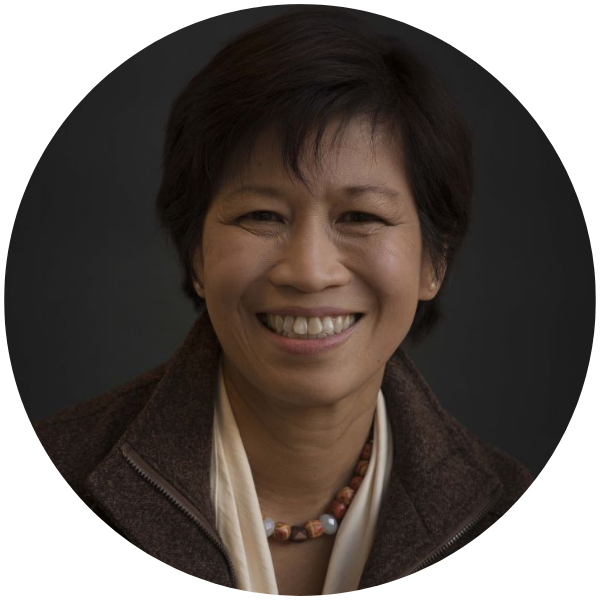 CRYO-CONSERVATION: CURRENT STATUS AND CHALLENGES OF GAMETE AND REPRODUCTIVE TISSUE CRYOPRESERVATION IN ENDANGERED SPECIES CONSERVATION
CRYO-CONSERVATION: CURRENT STATUS AND CHALLENGES OF GAMETE AND REPRODUCTIVE TISSUE CRYOPRESERVATION IN ENDANGERED SPECIES CONSERVATION
Nucharin Songsasen - Head, Center for Species Survival, Smithsonian’s National Zoo & Conservation Biology Institute, Washington DC, USA
This presentation will discuss the state-of-the-art, applications, and challenges of gamete and reproductive tissue cryopreservation in endangered species conservation.
Biography
Nucharin Songsasen is the Center Head of the Center for Species Survival. She joined the Smithsonian in 2002 when offered the opportunity to study the reproductive biology of domestic and wild carnivores. Over the years, she built the Global Canid Conservation Program and expanded this conservation and research initiative from a laboratory setting to field conservation in range countries, including Brazil and Thailand.
Nucharin is a leading expert in the field of canid reproductive biology. Research conducted in her laboratory focuses on developing innovative technologies to rescuing valuable genetics from wild canids and felids, while improving human reproductive health. In addition to reproductive research, she has collaborated with SCBI scientists and developed partnerships with national and international governmental and non-governmental organizations to address many threats to the sustainability of wild canids, including the maned wolf, dhole, red wolf and African painted dog, living in zoos or the wild. Since 2009, she has led the collaboration with USGS’s Patuxent Wildlife Research Center in studying the reproductive biology and endocrinology of the whooping crane and identifying the causes of poor reproduction in this endangered species.
Nucharin has adjunct appointments at the University of Maryland, Cornell University and George Mason University. She is also a member of the IUCN’s Canid Specialist Group (CSG), the coordinator of CSG’s Dhole Working Group and the Maned wolf Species Survival Plan (MWSSP) as well as Reproductive Advisor to the Canid Taxon Advisory Group.
Nucharin received her Doctor of Veterinary Medicine degree from the Kasetsart University in Thailand, and Master of Science and doctoral degrees from the University of Guelph in Canada.
https://nationalzoo.si.edu/conservation/nucharin-songsasen
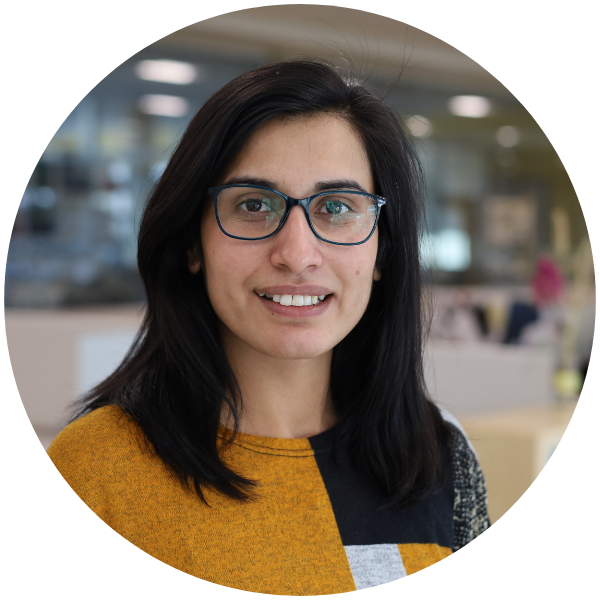 MULTISCALE TRANSPORT AND OSMOTIC TOLERANCE IN LIVER CELLS AND TISSUES
MULTISCALE TRANSPORT AND OSMOTIC TOLERANCE IN LIVER CELLS AND TISSUES
Iqra Azam - Graduate Student, Department of Biology, University of Saskatchewan, Canada
There has been recent success in high-subzero storage of livers, however longer storage durations achieved in liquid nitrogen require high concentrations of toxic and mechanically disrupting cryoprotectants. While there has been some work on cryobiologically relevant hepatocyte biophysics, here I show how the unique cell anatomy of hepatocytes affects basic assumptions of modelling in cryobiology. Moreover, I show how these structures are affected in-situ using 4D microscopy techniques. Finally, I present preliminary data on preventing osmotic damage during CPA equilibration.
Biography
Iqra Azam is a Ph.D. student working in James Benson's lab in the Department of Biology at the University of Saskatchewan. During her Masters, she evaluated insects as bioindicators of heavy metal contamination and assessed the spatial and temporal distribution of metals using Geographical Information System (GIS) techniques. Her current research focuses on biophysical characterization and mathematical optimization of cryopreservation of liver cells and tissues. Towards this, she has developed real-time volumetric quantification of adherent cells by using modern 3D & 4D microscopic imaging techniques. She is also developing an imaging protocol to track cells and nuclei within a live precision-cut tissue slice and for quantification of tissue expansion and shrinkage. She enjoys working with microscopes and learning new tools to do cell and tissue imaging.
This webinar took place 02/18/21

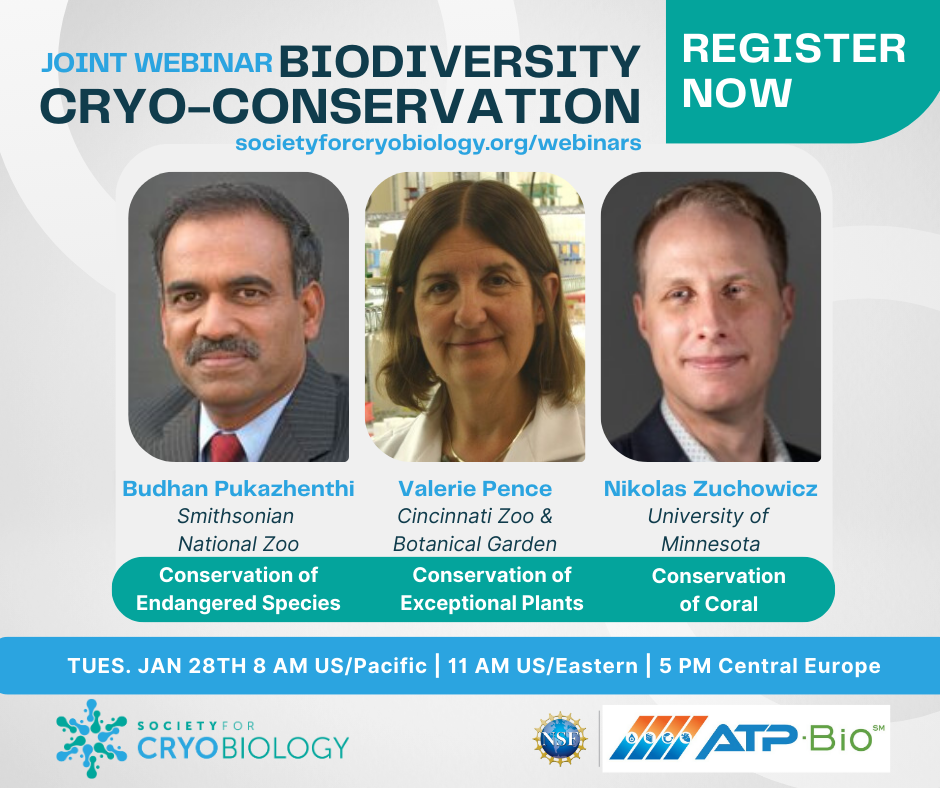
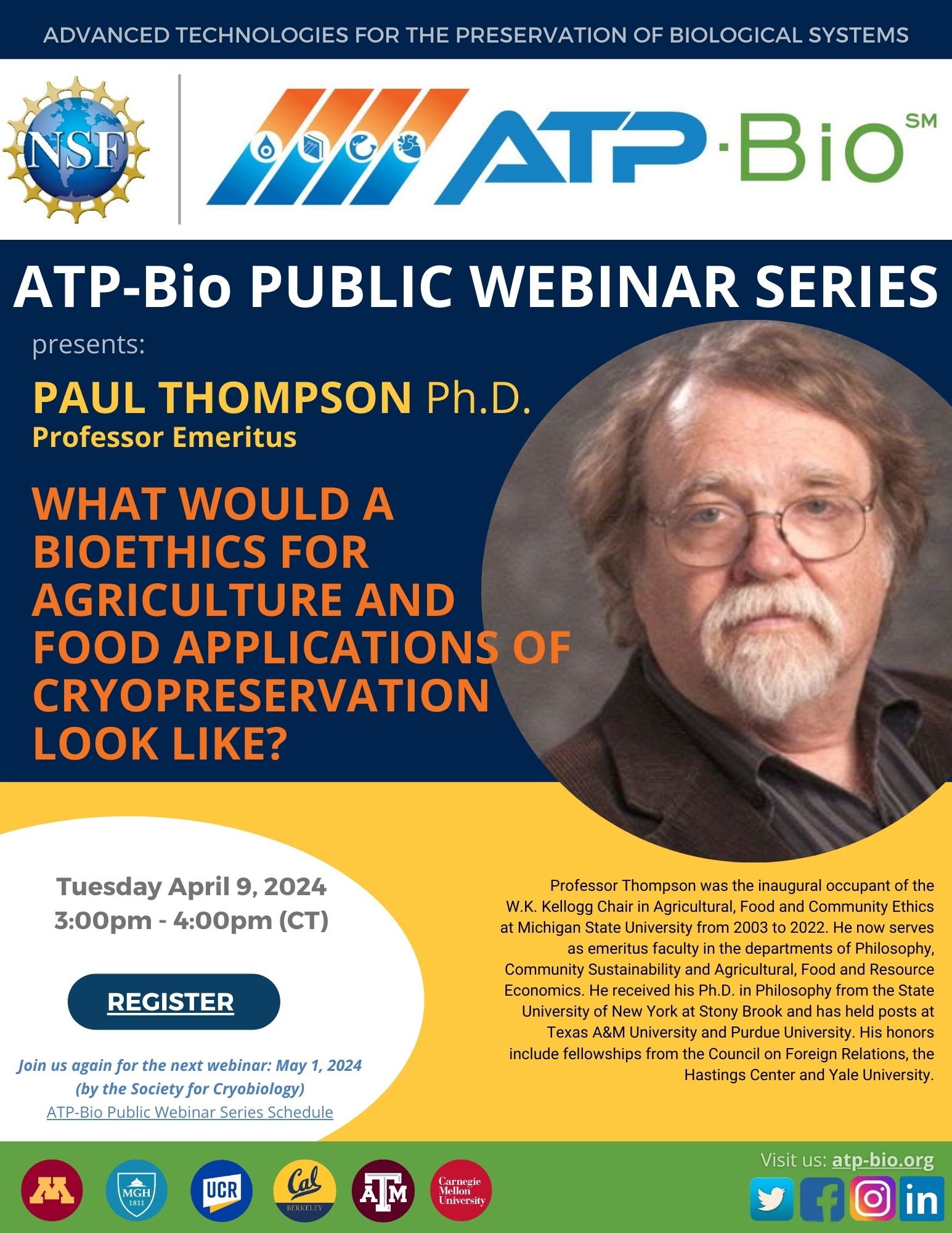

 The Role of Disordered Proteins in Tardigrade Desiccation Tolerance
The Role of Disordered Proteins in Tardigrade Desiccation Tolerance 
